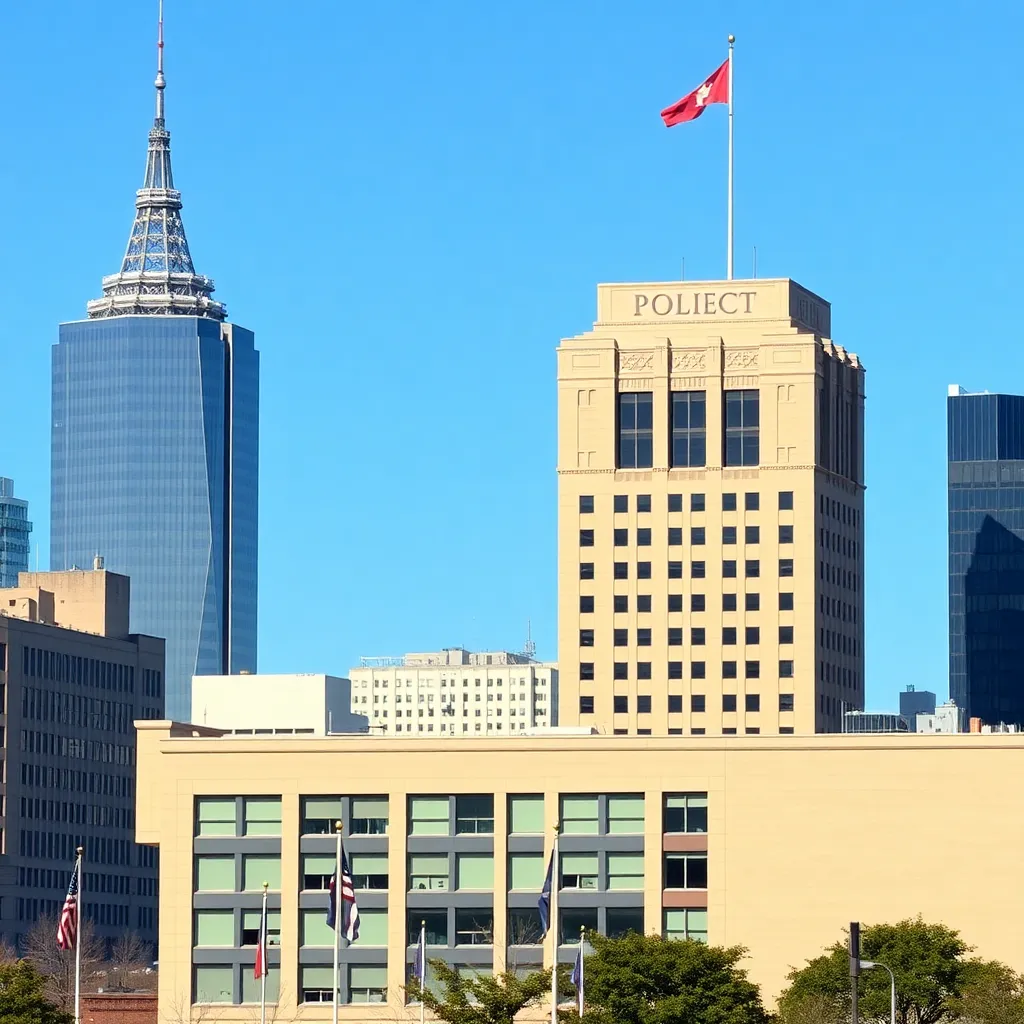Experiential Marketing on the Rise in the U.S.
In the bustling city of New York, the buzz surrounding experiential marketing is growing louder. According to the latest reports, the investment in experiential marketing is projected to skyrocket to a whopping $128.35 billion by 2024. This represents a substantial increase of 10.5% compared to last year. After a few challenging years due to the pandemic, it seems that this vital marketing tool is bouncing back strong, making waves for both B2C (business-to-consumer) and B2B (business-to-business) marketers.
The U.S. Leads the Charge
In 2023, the United States proudly held the title as the world’s largest market for experiential marketing, racking up $52.80 billion in spending. This accounts for an astounding 45.5% of all global spending in this area. Patrick Quinn, the CEO of PQ Media, emphasizes the growing importance of experiential marketing, stating, “Experiential marketing is becoming a more important part of marketing campaigns because of better metrics and engagement with customers.”
Challenges from the Pandemic
But what exactly is experiential marketing, and why is it on everyone’s lips these days? Well, it’s a strategy that immerses consumers in a brand experience, aiming to make lasting connections. In the past couple of years, however, the pandemic posed significant challenges. With social distancing rules in place, in-person events were largely off-limits, making it tricky for marketers to interact with their audiences. Many turned to virtual activations, exploring innovative platforms such as the metaverse, but nothing could quite compare to the genuine connections formed during live events.
The Comeback of Live Events
Fast forward to today, we are witnessing a remarkable resurgence in live events, which have been a major player in boosting spending among B2C advertisers. In 2023 alone, the live events channel in the B2C space grew by 9.6%. Just think about it: people are excited to gather again! The enthusiasm for live sports is particularly palpable, with the category capturing a staggering 67.1% share of the market for B2C experiential marketing.
Upcoming Opportunities
Looking forward to 2024, big events like the Paris Games are not just sporting spectacles; they’re golden opportunities for marketers to engage directly with consumers through participatory experiences. B2C marketers are zeroing in on in-person experiences that resonate with attendees, like music festivals. Brands, such as Smirnoff Ice, are already gearing up to connect with consumers on a more personal level during the festival season.
B2B Marketers Find Their Groove
On the flip side, B2B marketers are tapping into the potential of conferences and industry events. Professionals are eagerly seeking demonstrations of new tools, particularly in the area of artificial intelligence. The data shows that rental fees for exhibit spaces have jumped to $20.93 million in 2023, marking an impressive increase of 11.8%. This trend is mirrored by higher attendance fees as well as increased rental costs for exhibit booths.
Adapting to New Realities
With the landscape constantly evolving, marketers are exploring innovative solutions to tackle challenges like the demise of third-party cookies, which has affected tracking and targeting efforts. As we gear up for another spirited election year, the industry faces a myriad of challenges, including high-profile controversies that may affect consumer sentiments, especially regarding issues of “wokeness.”
The Final Word
The outlook for experiential marketing is definitely on the upswing, with forecasts indicating a bright future ahead. Marketers are keen to connect with their audiences in new and exciting ways, while making the most of face-to-face interactions. As we step into a new era of marketing, it’s clear that bringing experiences to life holds incredible potential for brands big and small.







